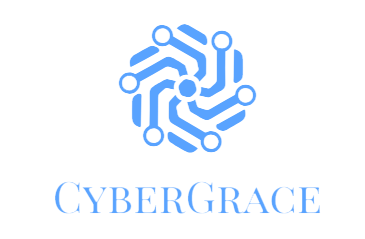- Digital X-rays are faster and safer than traditional methods, require less radiation, and provide detailed images of teeth.
- Computer imaging can show patients what their teeth will look like after treatment.
- Dental lasers are precise and reduce healing time while still providing excellent results. They can also be used to detect cavities more quickly.
- Modern dentists have access to advanced technology that makes treatment faster, more accessible, and more accurate.
- With lasers, dental implants, and other tools, minimally invasive treatments are now possible.
If you’ve visited a dentist in the last few years, you may have noticed that modern dental technology has progressed. From digital x-rays to computer imaging, dentists can now provide more accurate diagnoses and solutions than ever before.
But what exactly do all of these tools do? Here’s a brief look at some of the most common forms of dental technology used today and how they help dentists give patients a beautiful smiles.
Digital X-Rays
Digital X-rays are one of the mainstays of modern dental technology. Rather than using film, digital x-rays use sensors to capture images that can be viewed by both the patient and dentist on a computer screen.
Digital x-rays are much faster than traditional methods and require less radiation to produce an image. This makes them ideal for monitoring changes in your teeth over time or diagnosing potential problems such as tooth decay or root canals.
Computer Imaging
Computer imaging allows dentists to show their patients what their teeth will look like after any procedures they may undergo. This technology lets patients know how their teeth will look after specific treatments, such as braces, veneers, or whitening treatments.
This is also often used when candidates for dental implants need to know how the implants will look and feel when they are in place. This helps patients make informed decisions about their treatment plan and ensures they are happy with the result.
Dental Lasers

Dental lasers are another form of dental technology becoming increasingly popular recently due to their accuracy and speed when performing various procedures. Lasers can remove cavities, treat gum disease, and even whiten teeth. Because lasers are so precise, they reduce healing time and minimize discomfort during treatments while still providing excellent results.
Moreover, lasers can also detect cavities more quickly than traditional methods. This helps identify potential problems early on and allows dentists to provide timely treatment before the damage worsens.
The Advantages of Advanced Dental Technology
Going to the dentist can be a daunting experience, but modern dentistry has come a long way in recent years. From technological advancements to more efficient and comfortable treatments, modern dentistry offers numerous benefits that make dental visits less stressful and more enjoyable.
Advanced Technology
Modern dentists have access to advanced technology that makes dental treatment faster, easier, and more accurate than ever. For instance, digital X-rays are faster and safer than traditional X-rays because they use significantly less radiation.
Digital X-rays also provide detailed images that allow dentists to diagnose problems more quickly and accurately. 3D imaging technology is another helpful tool for creating highly detailed images of teeth, gums, and other structures in the mouth.
Less Invasive Treatments
Thanks to technological advances, many treatments once considered invasive are now much less so. For example, laser dentistry eliminates the need for scalpels or drills during specific procedures, such as cavity removal or gum reshaping.
Lasers can also be used for teeth whitening and root canal treatments with minimal discomfort for patients. Dental implants are another example of minimally invasive treatments; today’s implants are designed to fit snugly into the jawbone without damaging nearby teeth or tissues.
Better Comfort

In the past, going to the dentist could be an uncomfortable experience. Modern dentists offer more comfortable treatments with improved anesthesia options such as laughing gas or nitrous oxide, which helps reduce anxiety during procedures.
Additionally, many dental offices now use special tools like ergonomic chairs and high-powered suction tubes that make the entire procedure less intrusive and more comfortable for patients.
Improved Safety
Modern dentists adhere to strict safety protocols to ensure patients’ safety during treatments. For example, sterilization techniques such as autoclaving are used to prevent cross-contamination between patients. Additionally, many modern dental offices use digital records instead of paper ones in order to reduce paperwork errors. This means that all patient information is securely stored in one place, making it easy for dentists to access patient history when needed.
Dentistry has come a long way since it began centuries ago, large thanks to modern dental technology advancements such as digital X-rays, computer imaging, and dental lasers. These tools equip dentists with more accuracy when diagnosing problems or performing procedures—allowing them to give their patients beautiful smiles with minimal discomfort or downtime. So if you’re looking for a dentist who is up on all the latest dental technologies, be sure to ask around!

